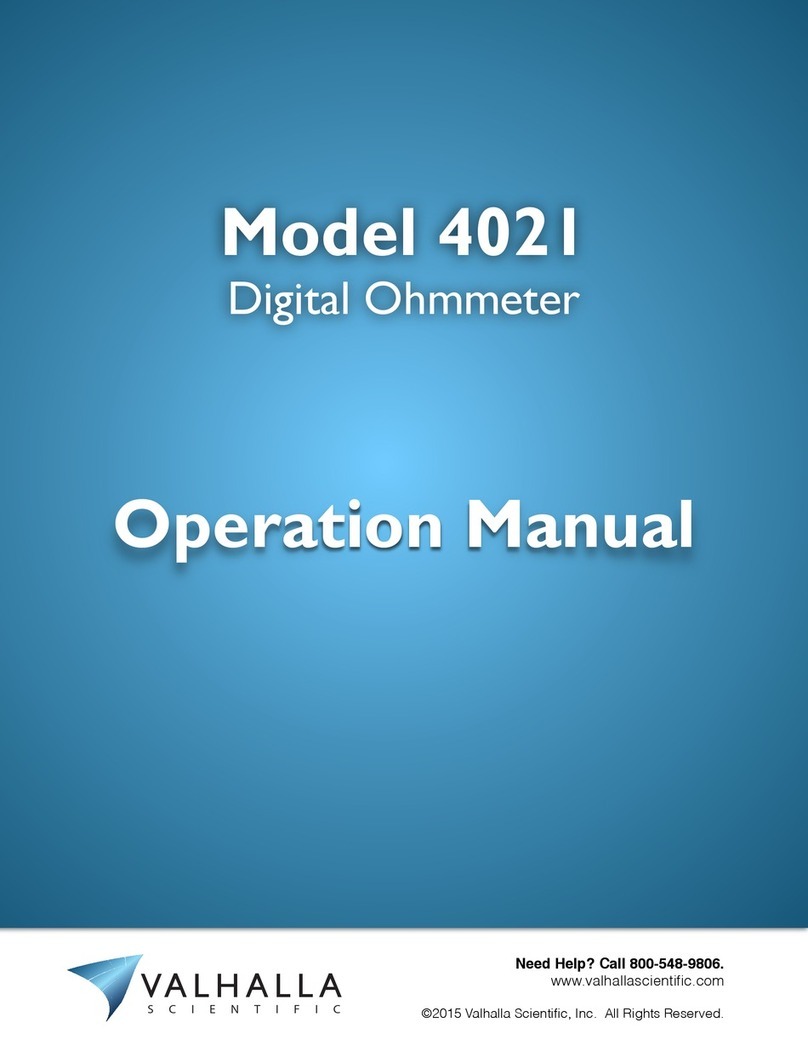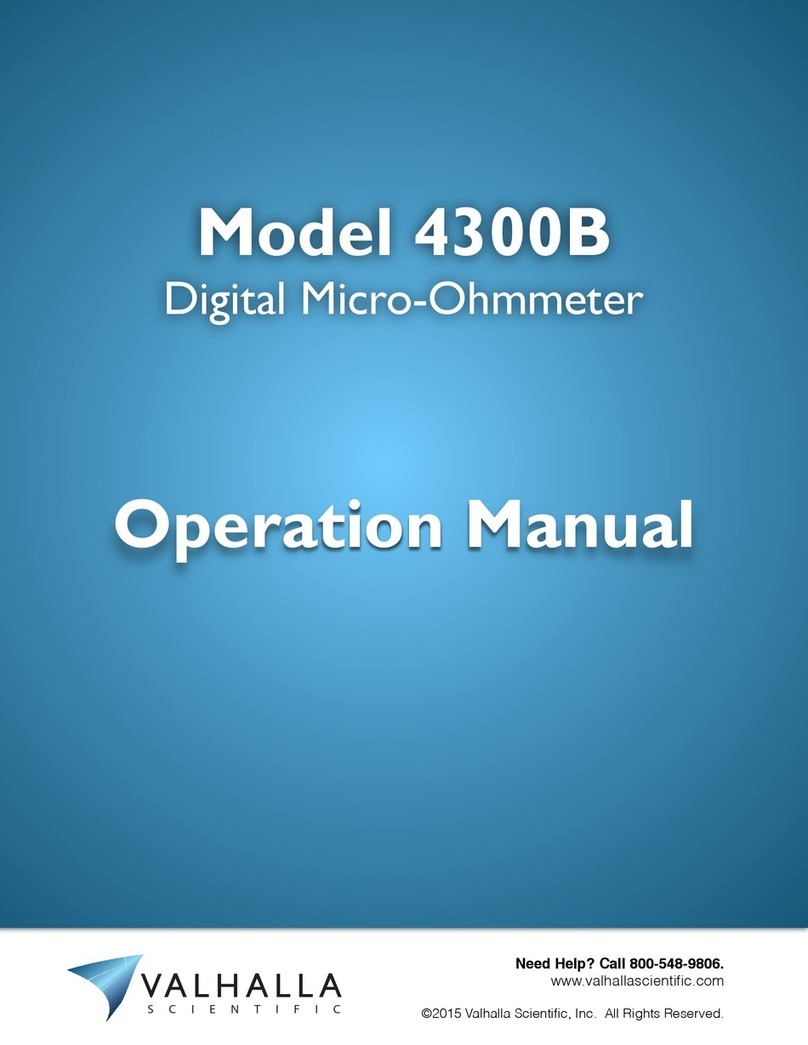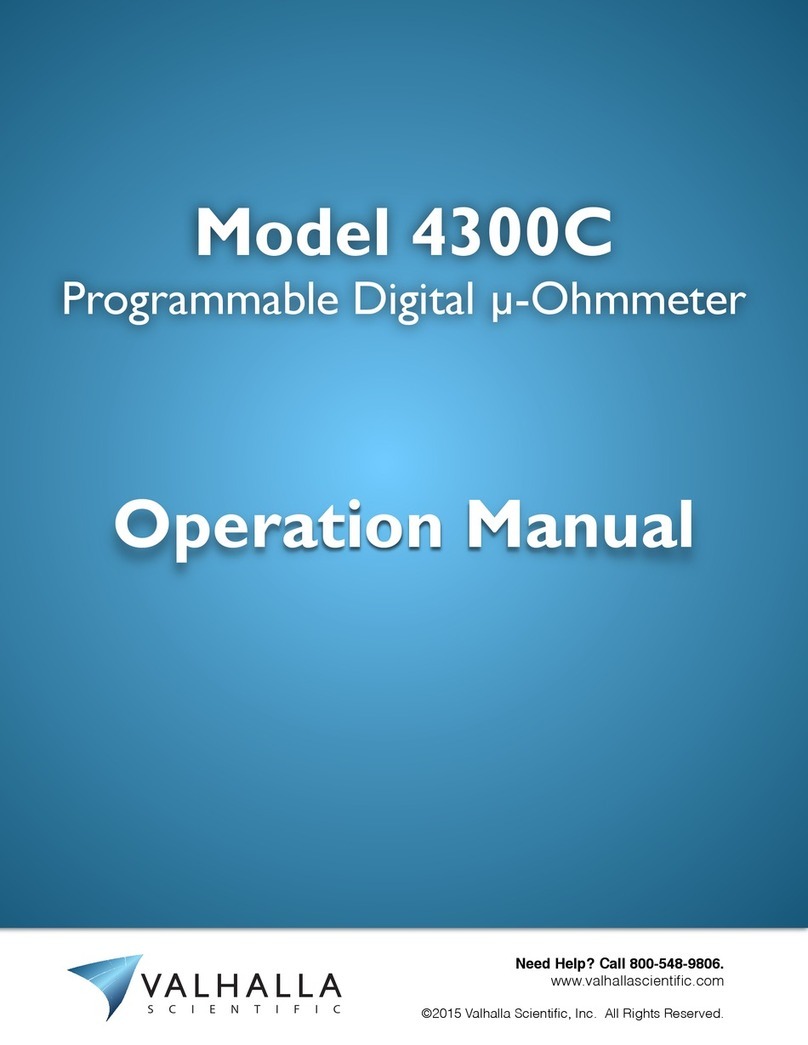
5
LOG2 .................................................................................................................................................. 34
Configuring the Print button function ............................................................................................... 34
View Function ........................................................................................................................................ 35
Using the View function ..................................................................................................................... 35
Optional Features and Accessories ............................................................................................................ 36
Options .................................................................................................................................................. 36
GPIB ................................................................................................................................................... 36
USB .................................................................................................................................................... 36
CET ..................................................................................................................................................... 36
Accessories ............................................................................................................................................ 37
Omni Compensator ............................................................................................................................ 37
Option RX-3: Rack Mount Adapter .................................................................................................... 37
Test Leads .............................................................................................................................................. 37
Alligator Clip Type Leads .................................................................................................................... 37
Needle Type Probes ........................................................................................................................... 38
Surface Probes ................................................................................................................................... 38
Other Lead Sets .................................................................................................................................. 38
Remote Operations ................................................................................................................................... 39
IEEE Interface ......................................................................................................................................... 39
Definitions ............................................................................................................................................. 39
Bus Restrictions ..................................................................................................................................... 40
Detailed Descriptions of Bus Operations ............................................................................................... 41
Setting the IEEE Address ........................................................................................................................ 43
Remote and Local States ....................................................................................................................... 44
Local State ......................................................................................................................................... 44
Remote State ..................................................................................................................................... 44
Reading the Display Data ....................................................................................................................... 44
4300C Command Set for GPIB ............................................................................................................... 45
Voltage Range .................................................................................................................................... 46
Test Current Range ............................................................................................................................ 46
SRQ's and Serial Polls ......................................................................................................................... 46
Output Data Terminator .................................................................................................................... 47
Test Current Control .......................................................................................................................... 47






























